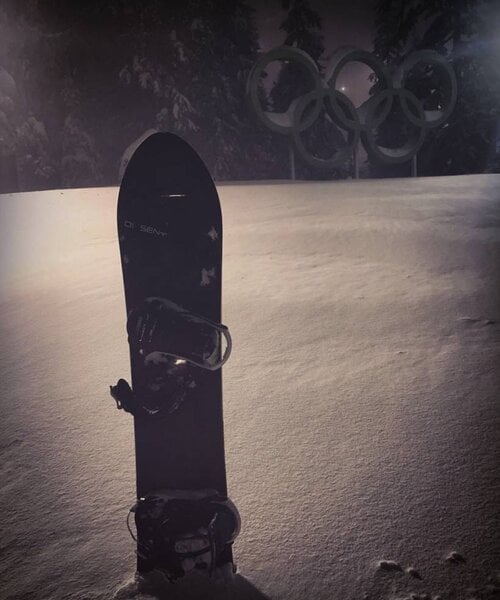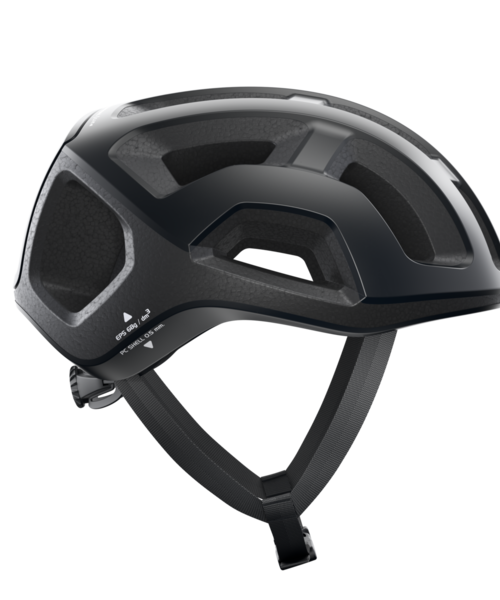Safety First: A Guide to Maintaining a Protective Ski Helmet

Skiing and snowboarding are some of the most exhilarating winter sports. Whether you’re a beginner or a seasoned pro, a helmet is a crucial piece of safety equipment that can help protect your head from injury and even save your life. Ski helmets are designed to absorb impact, reduce the risk of head injury, and keep you safe on the slopes.
But, how do you know when it’s time to replace your ski helmet?
In this post, we’ll discuss the lifespan of a ski helmet, how to properly care for your helmet, and when it’s time to replace it.
Do Ski Helmets Expire?
The short answer is yes! Like any piece of safety equipment, ski helmets have a limited lifespan. Over time, the materials used to construct your helmet will degrade, reducing its ability to protect your head.
Most ski helmets are made with an outer shell made of ABS or polycarbonate, a foam layer for impact absorption, and an inner liner for comfort. The foam layer in your ski helmet is designed to absorb impact by compressing and dispersing force away from your head.
But, over time the foam layer will lose its ability to compress and absorb impact. This is why it’s crucial to replace your ski helmet when it reaches the end of its lifespan.
How Often Should You Replace a Ski Helmet?
Most helmet manufacturers recommend replacing your ski helmet every 3-5 years. However, the lifespan of your helmet will depend on how often you use it. If you’re a weekend warrior who only hits the slopes a few times per year, you can likely get away with replacing your helmet every 5 years.
But, if you’re a more frequent skier or snowboarder, you may need to replace your helmet every 3 years. The more often you use your helmet, the more often the foam layer will compress, reducing its ability to absorb impact.
How to Properly Care for Your Ski Helmet
Properly caring for your ski helmet can help extend its lifespan. Here are a few tips for keeping your ski helmet in top condition:
1. Store it properly
When you’re not using your ski helmet, it’s important to store it properly. Avoid leaving your helmet in your car or in direct sunlight. Instead, store your helmet in a cool, dry place. This will help prevent the materials from degrading and keep the foam layer in your helmet from compressing.
2. Clean it regularly
Just like any other piece of sports equipment, it’s important to keep your ski helmet clean. Dirt, sweat, and oils from your skin can cause the materials in your helmet to degrade. To clean your helmet, simply wipe it down with a damp cloth and mild soap.
3. Avoid hard impacts
While it may be tempting to show off and take risks on the slopes, avoid hard impacts to your helmet. If you’ve taken a hard fall and hit your head, it’s a good idea to replace your helmet. Even if your helmet looks like it’s in good condition, the foam layer may have compressed, reducing its ability to protect your head.
4. Replace it after a hard hit
If you’ve taken a hard fall and hit your head, it’s a good idea to replace your helmet. Even if your helmet doesn’t show any visible signs of damage, the foam layer may have compressed, reducing its ability to protect your head.
How to tell when it’s time to replace your ski helmet
Now that you know how often to replace your ski helmet, let’s discuss how to tell when it’s time to replace it. Here are a few signs that your ski helmet has reached the end of its lifespan:
1. Visible signs of wear
One of the most obvious signs that your ski helmet has reached the end of its lifespan is visible signs of wear. This may include scratches, dents, or cracks in the outer shell. If the outer shell of your helmet is damaged, the foam layer inside may also be damaged.
2. The fit has changed
As the foam layer in your helmet compresses, the fit of your helmet may change. If your helmet starts to feel loose, it’s likely time to replace it. A loose helmet will not protect your head as well as a properly fitting helmet.
3. The liner is damaged
If the liner inside your helmet is damaged, it can cause your helmet to fit improperly. Over time, the liner in your helmet may become damaged or fall apart. If this happens, it’s time to replace your helmet.
4. It’s been more than 5 years
If it’s been more than 5 years since you purchased your helmet, it’s time to replace it. Even if your helmet looks like it’s in good condition, the foam layer may have compressed over time, reducing its ability to protect your head.
5. It’s been modified
A sticker or two can look cool on your helmet, but once you start modifying it too much, it can significantly compromise the safety of your helmet. Avoid using harsh substances like paint, as they can break down the materials of the helmet's outer shell!
Final Thoughts
Ski helmets are designed to protect your head from injury and reduce the risk of head injury while skiing or snowboarding. Like any piece of safety equipment, ski helmets have a limited lifespan. Most ski helmets should be replaced every 3-5 years, depending on how often you use them. Properly caring for your helmet can help extend its lifespan, while visible signs of wear, changes in fit, and damage to the liner are all signs that it’s time to replace your helmet.
Westside carries a wide selection of ski helmets for men, women, and kids from some of the best brands in the industry, including Marker, Giro, and POC.
Our selection of helmets offers the highest level of protection, with features like the MIPS Safety System, a system that was designed to reduce rotational movement of the brain when the head is impacted by a crash or fall on the hill.
Shop our selection of ski helmets online at Westside!















